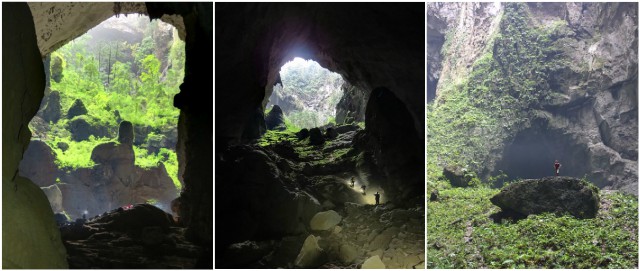The Hang Son Doong cave in Vietnam is the world’s biggest cave. It’s located in Phong Nha-Ke Bang National Park in Vietnam’s Quang Binh province. The cave is 5.5 miles long, has a river and a jungle and is one of the most spectacular natural formations ever found. The cavern is large enough to hold a 40-storey skyscraper; it is so massive that rain clouds form inside.
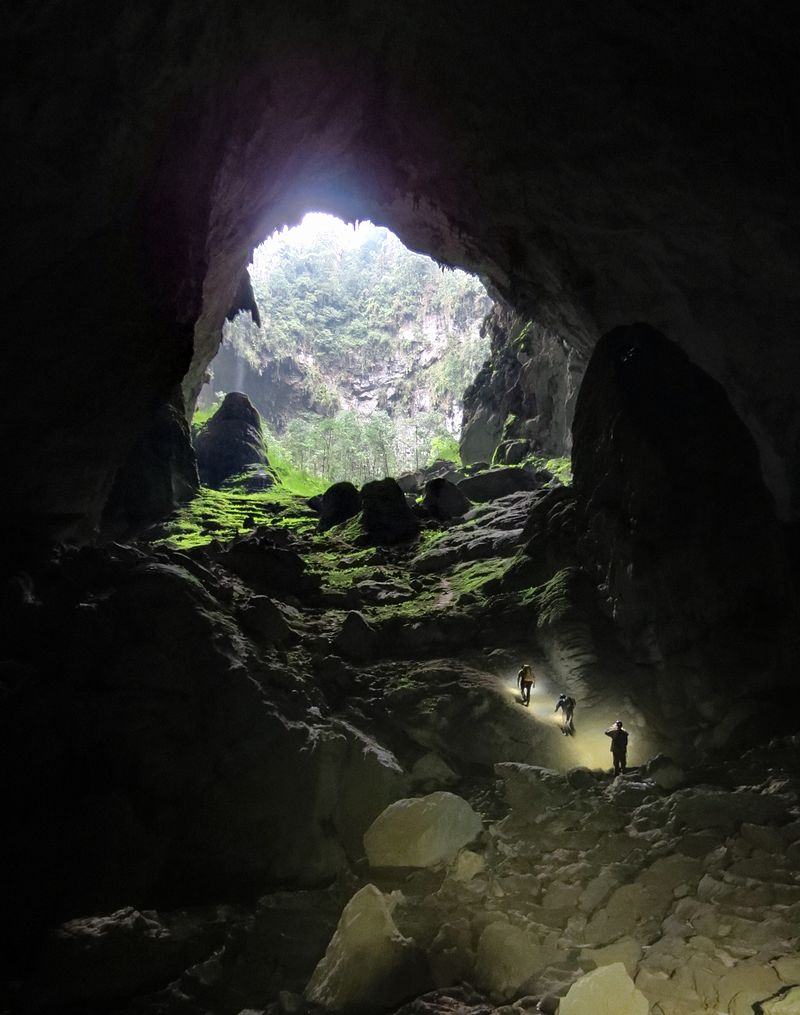
The cave was first discovered in 1990 by Ho Khanh, a local farmer who was trying to find a place to hide from a storm in the jungle. After that day he forgot the exact location of the cave, and it remained lost until he found it again while he was hunting for food in the jungle. He reported his findings to the British Caving Research Association.
The British Caving Research Association began the exploration of the cave and in 2010 it was revealed to be the largest cave in the world.
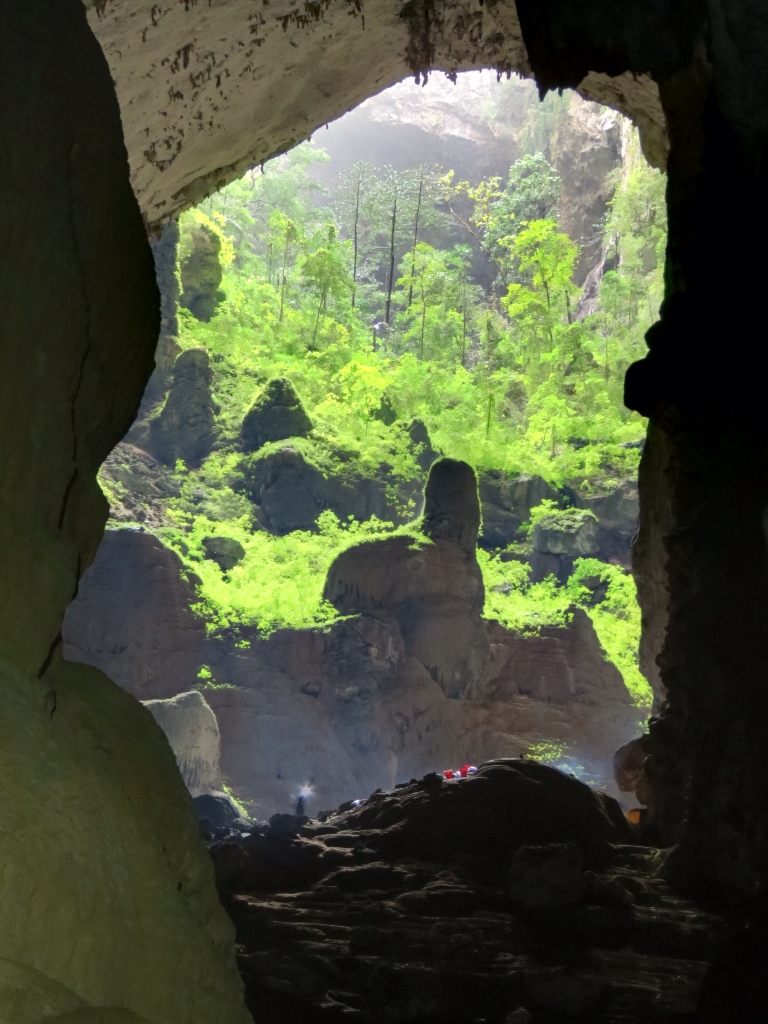
The cave was created 2-5 million years ago by river water eroding away the limestone underneath the mountain. In translation, the name “Son Doong” means “mountain river cave.”
Son Doong was opened for public in 2013 for the first time. Oxalis Adventure is the first and only operator allowed to take tourists to Son Doong and the expedition is five days long. Tours run once per week between February to August because of the heavy rains that make it largely inaccessible after August.
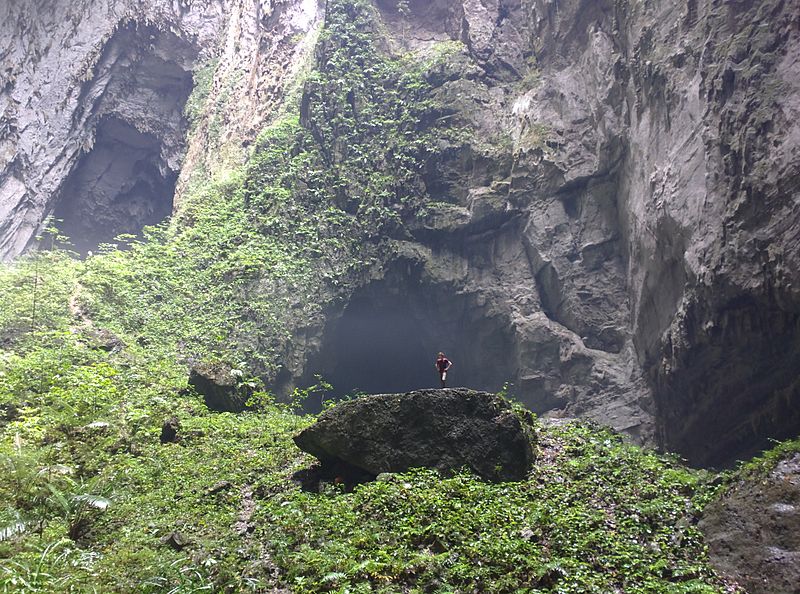
Son Doong is not unique just because it’s so massive. The cave also has a unique eco-system and even has its own localized weather system. Openings known as dolines are created in the cave, and this allows foliage to grow inside. Many years ago, some parts of the cave collapsed, allowing the sunlight to enter and vegetation was able to grow. Monkeys and flying foxes live in the cave and scientists have discovered plant species around Son Doong’s waterfalls that have never been seen before.
The Quang Binh province has long been one of the poorest regions in the country and after the discovery of the cave, it became Southeast Asia’s fastest growing adventure destination.
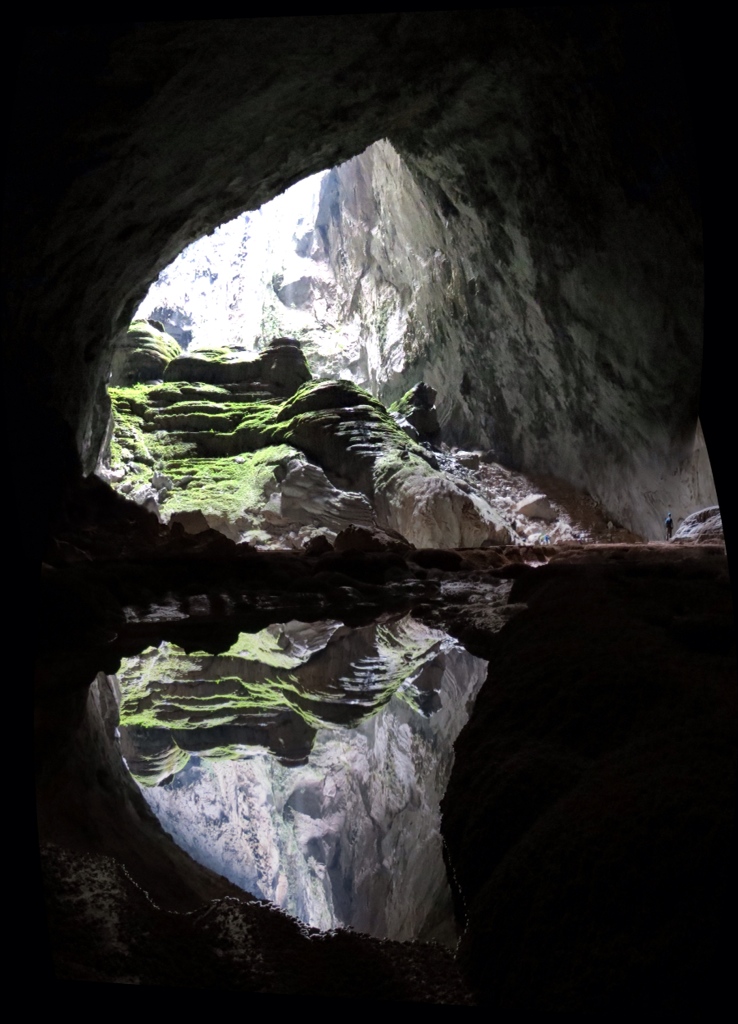
The villagers of the region now have a new opportunity to start focusing on tourism. The village of Phong Nha has quickly become the adventure capital of Southeast Asia.
